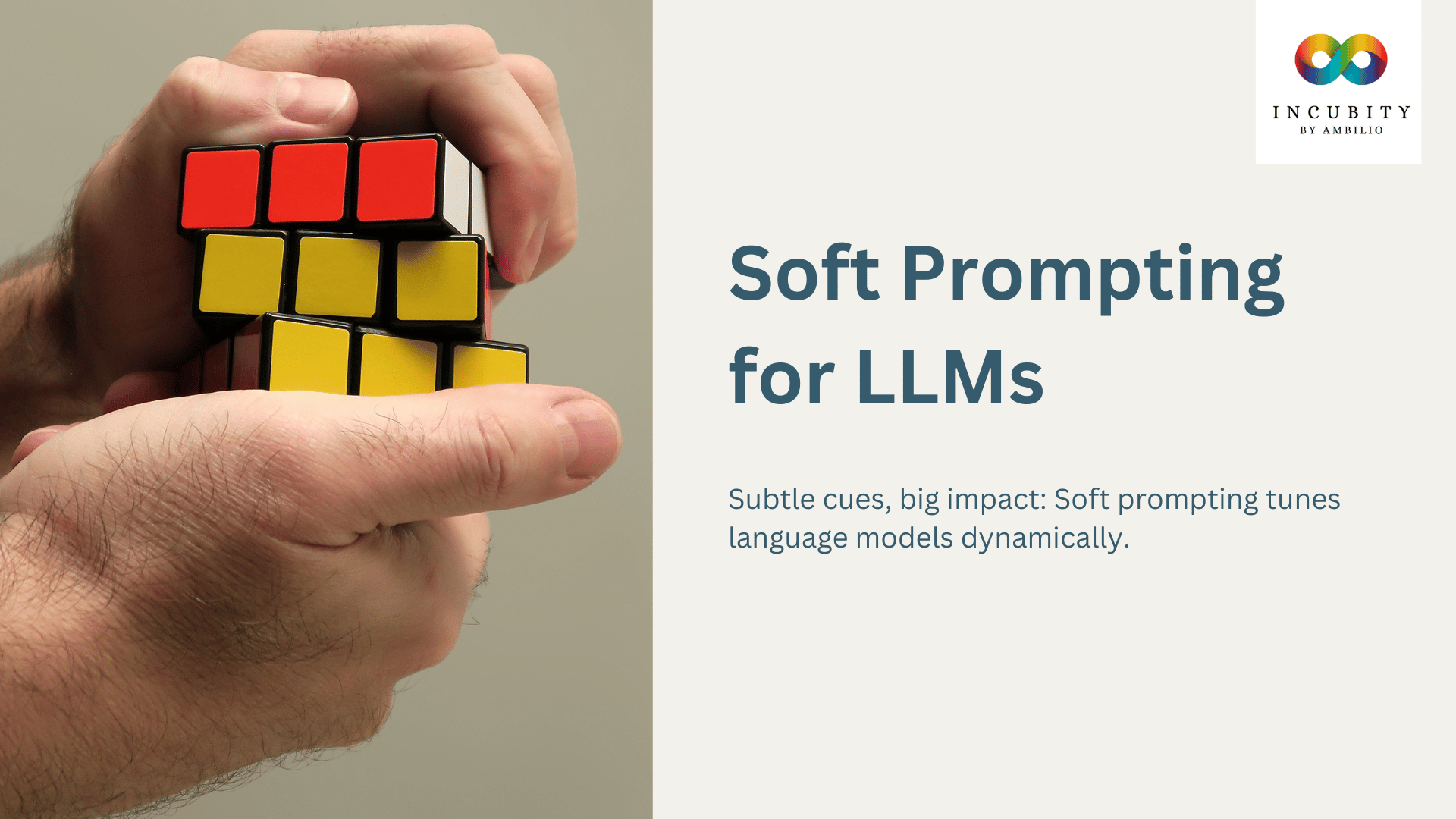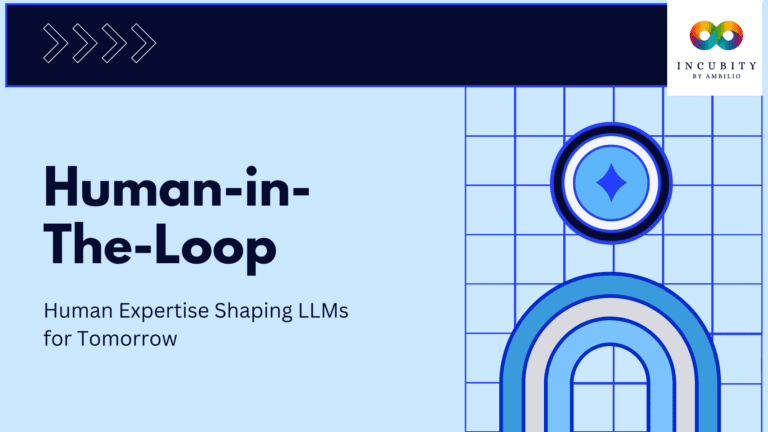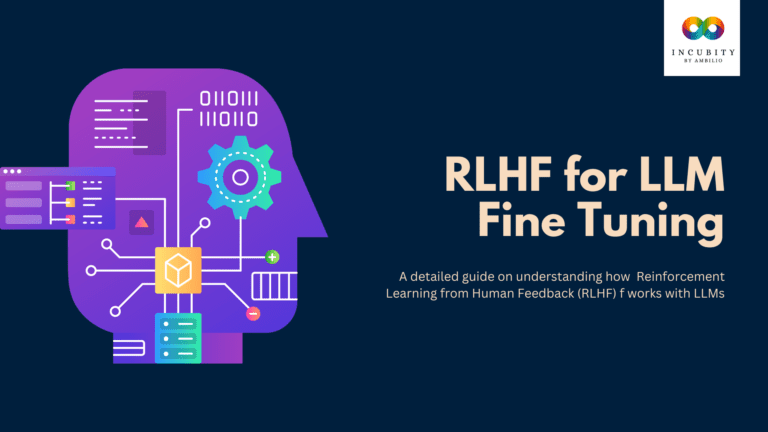Fine-tuning large language models (LLMs) has become integral in adapting these models to specific tasks or domains, enabling them to excel in various natural language processing (NLP) applications. However, traditional fine-tuning methods often involve adjusting numerous model parameters, consuming significant computational resources and potentially leading to overfitting or forgetting previously learned knowledge. Enter soft prompting—a nuanced technique gaining traction within the NLP domain for its efficiency and adaptability. In this article, we delve into the realm of soft prompting, exploring its intricacies, benefits, and applications in fine-tuning LLMs.
The Fine Tuning of LLMs
Fine-tuning LLMs involves adjusting pre-trained models to perform specific tasks or excel in specialized domains. It’s a crucial step in leveraging the immense capabilities of these models for applications like sentiment analysis, question answering, summarization, and more. However, traditional fine-tuning methods often involve modifying a large number of parameters, which can be computationally expensive and might lead to the loss of previously acquired knowledge or biases in the model.
The Need for Soft Prompting
Soft prompting techniques emerge as an answer to the limitations of conventional fine-tuning approaches. They offer a more targeted and efficient way to guide the behavior of LLMs for specific tasks without extensively modifying the underlying model parameters. This article aims to provide a comprehensive understanding of what soft prompting entails, its technical workings, the advantages it offers, and its potential implications across various NLP applications.
Understanding Soft Prompting
Soft prompting involves fine-tuning a small set of learnable vectors rather than directly modifying the internal parameters of an LLM. It operates by using these learned embeddings, akin to hidden codes, to guide the model’s behavior towards desired contexts or tasks. The process encompasses several key steps:
- Frozen LLM: The primary LLM’s parameters remain frozen, preserving its general knowledge.
- Trainable Prompt Encoder: An auxiliary model, the prompt encoder, is introduced with trainable parameters.
- Soft Prompt Generation: The prompt encoder generates task-specific soft prompts, numerical representations of desired contexts or tasks.
- Prompt Injection: These soft prompts are integrated into the LLM’s input, subtly steering its attention and output.
- Task-Specific Training: During training, only the prompt encoder’s parameters are updated, tailoring the prompts for the specific task while preserving the LLM’s overall knowledge.
Benefits of Soft Prompting
- Efficiency: Soft prompting requires adjusting a smaller set of parameters, saving computational resources and time compared to full fine-tuning.
- Adaptability: It enables quick adaptation of LLMs to new tasks without extensive retraining, maintaining their proficiency across multiple tasks.
- Knowledge Preservation: Soft prompting retains the LLM’s broad knowledge while tailoring it to specific tasks, ensuring performance on diverse applications.
- Potential for Enhanced Performance: Soft prompts might yield superior results, especially in scenarios with limited data or complex tasks.
Applications and Implications
Soft prompting finds applications across a spectrum of NLP tasks, including text classification, question answering, text generation, sentiment analysis, machine translation, dense retrieval, and multimodal tasks. Its potential implications span various industries, from healthcare and finance to customer service and entertainment, revolutionizing how language models adapt and perform in real-world scenarios.
Final Words
Soft prompting presents a promising avenue for fine-tuning large language models, offering efficiency, adaptability, and the potential for improved performance across diverse NLP applications. While it addresses key challenges associated with traditional fine-tuning methods, such as resource intensiveness and adaptability issues, further research is essential to enhance its interpretability and control. As this technique continues to evolve, its impact on how we interact with and leverage language models is poised to be transformative in the field of natural language processing.







